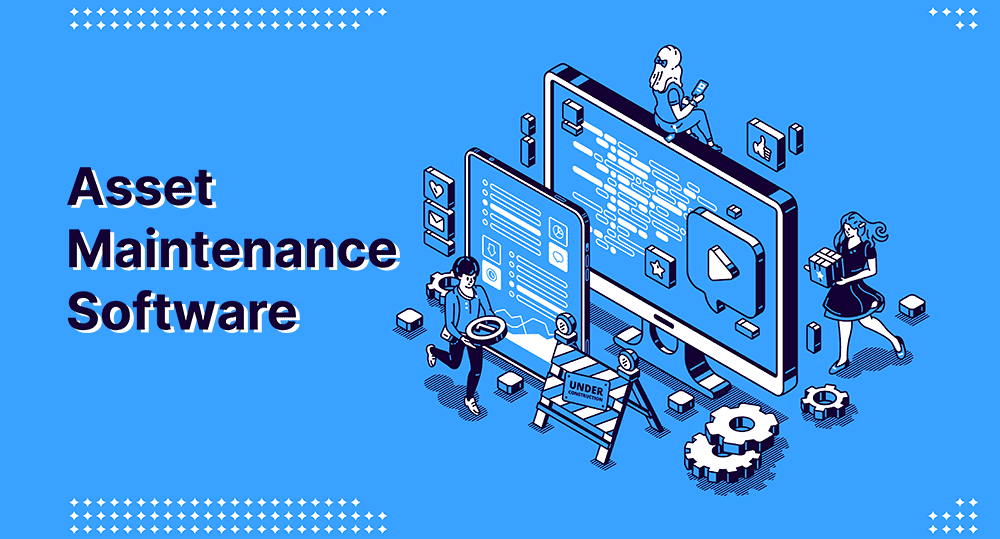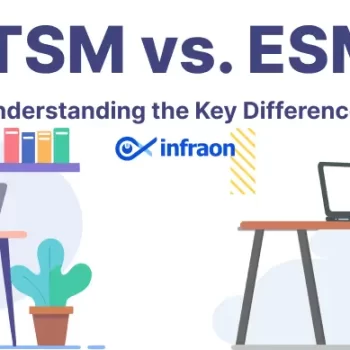Introduction
In today’s technology-driven world, organizations heavily rely on their IT infrastructure to support business operations and deliver seamless services to customers. However, managing the complexities of IT environments and addressing potential issues promptly can be a daunting task. This is where IT Service Management (ITSM) comes into play, providing a structured framework to manage IT services effectively. Within IT Service Management, event management is a crucial process that focuses on monitoring and managing events within the IT infrastructure. In this comprehensive guide, we will delve into the world of IT event management, exploring its definitions, typical stages, best practices, and its importance in delivering high-quality IT services.
Related blog: 10 ITSM Best Practices for IT Service Management
ITIL Event Management Definitions

To lay a solid foundation, let’s begin by providing a clear definition of event management within the context of ITIL (Information Technology Infrastructure Library). In ITIL, event management is defined as the process of monitoring and managing events that occur within an IT infrastructure or service. An event, in this context, refers to any detectable occurrence that has significance for the management of the IT environment. These events can include notifications, alerts, warnings, or even exceptions that require attention from IT teams. By actively monitoring and managing events, organizations gain valuable insights into the performance, availability, and health of their IT systems, allowing them to proactively address potential issues and minimize disruptions.
Typical IT Event Management Stages
Event management follows a structured approach to ensure the effective monitoring and management of events. While the specific stages may vary depending on the organization, the following stages are typically involved:
- Event identification: The first stage of event management involves identifying and capturing events within the IT infrastructure. Events can originate from various sources such as system logs, network devices, applications, or even user interactions. It is essential to have robust monitoring mechanisms in place to detect and capture events in real-time accurately.
- Event filtering and categorization: Once events are identified, they need to be filtered and categorized based on their importance and relevance. This stage helps prioritize events and ensures that only meaningful events are further analyzed and acted upon. By filtering out noise and focusing on critical events, IT teams can allocate their resources efficiently and respond to events that have the most significant impact on service delivery.
- Event correlation: Event correlation is a crucial stage in event management. It involves linking related events and understanding the cause-and-effect relationships between them. By analyzing event patterns and dependencies, IT teams can identify the root cause of issues and take appropriate actions to resolve them. Event correlation helps eliminate redundancy, identify hidden issues, and streamline the incident management process.
- Event notification: Once events are filtered, categorized, and correlated, it is essential to notify the relevant stakeholders and IT teams about critical events. Timely and accurate notifications enable the right people to be aware of potential issues and initiate prompt responses. Effective communication and collaboration among stakeholders are vital to ensure that events are addressed promptly, minimizing their impact on business operations.
- Event escalation and resolution: In some cases, events may require further attention or investigation. This is where event escalation comes into play. If an event cannot be resolved at the operational level, it may be escalated to specialized teams or individuals with the necessary expertise. The event resolution stage involves analyzing the event details, diagnosing the underlying problem, and taking the necessary actions to restore normalcy and prevent a recurrence. Timely and efficient event resolution is key to minimizing service disruptions and ensuring a smooth IT operation.
Best Practices of IT Event Management
To achieve effective event management, organizations must adopt best practices rooted in ITIL principles and event management processes. Some key best practices include:

- Establishing Clear Event Management Policies: To ensure consistency and alignment, organizations should define clear policies and procedures for event management. These policies should outline the roles and responsibilities of stakeholders, define event severity levels, and establish escalation and resolution procedures. Well-defined policies provide a solid framework for efficient event management and enable consistent practices across the organization.
- Implementing Robust Event Monitoring Tools: Having robust event monitoring tools is crucial for capturing events accurately and in real-time. These tools should have the capability to monitor various sources such as system logs, network devices, and applications. They should provide customizable alerting and notification mechanisms to ensure that the right people are promptly informed about critical events. Implementing the right monitoring tools empowers organizations to proactively detect and address potential issues before they impact service delivery.
- Leveraging Event Correlation and Analytics: Event correlation plays a pivotal role in event management. By leveraging event correlation techniques and analytics, organizations can gain deeper insights into the relationships between events and their impact on service quality. Advanced analytics capabilities, such as machine learning algorithms, can help identify patterns, anomalies, and trends, enabling proactive decision-making and predictive maintenance.
- Automating Event Management Workflows: Automation is a key enabler for efficient event management. By automating routine tasks and workflows, organizations can streamline event identification, categorization, and resolution processes. Automation reduces manual effort, minimizes human errors, and accelerates incident response times. Additionally, it frees up IT personnel to focus on more strategic activities and value-added tasks.
- Continuous Improvement through Event Analysis: Continuous improvement is at the heart of ITIL principles. Event analysis plays a vital role in identifying areas for improvement within the IT infrastructure. By analyzing events and their impact, organizations can identify recurring issues, bottlenecks, or potential risks. This information can be used to drive proactive measures, optimize IT processes, and enhance overall service quality.
Why IT Event Management Matters
ITIL Event Management is of utmost importance in ensuring efficient IT service delivery and meeting business objectives. Here are some key reasons why event management matters:
Proactive Issue Detection and Resolution
Effective event management allows organizations to detect potential issues before they escalate into major incidents. By proactively monitoring events, IT teams can identify early warning signs, take preventive actions, and minimize service disruptions. This proactive approach enhances service availability, reduces downtime, and improves customer satisfaction.
Compliance and Regulatory Requirements
In today’s regulatory landscape, organizations must adhere to various compliance requirements. Event management plays a critical role in meeting these requirements by ensuring proper monitoring, reporting, and auditing of events. By maintaining accurate event records and demonstrating compliance, organizations can avoid penalties, maintain customer trust, and safeguard their reputation.
Optimal Resource Allocation
By prioritizing and focusing on critical events, organizations can optimize resource allocation and utilize their IT teams effectively. Event management allows IT personnel to allocate their time and efforts based on the severity and impact of events, ensuring that high-priority issues receive immediate attention. This results in improved operational efficiency, reduced costs, and enhanced productivity.
Continuous Service Improvement
Event analysis and correlation provide valuable insights into the performance and reliability of IT services. By analyzing events and identifying areas for improvement, organizations can drive continuous service improvement initiatives. These initiatives help enhance service quality, address underlying problems, and align IT services with evolving business needs.
Related blog: How to choose the right Incident Management software?
Conclusion
IT event management is a crucial process within the IT Service Management framework, enabling organizations to monitor, analyze, and respond to events within their IT infrastructure effectively. By following best practices rooted in ITIL principles, organizations can achieve efficient event management, leading to improved service availability, enhanced customer satisfaction, and optimized resource allocation. With its focus on proactive issue detection, compliance adherence, and continuous improvement, IT event management is a key driver of successful IT service delivery in today’s dynamic business landscape. By embracing the principles and practices of IT event management, organizations can ensure the smooth functioning of their IT systems, minimize disruptions, and deliver high-quality services to their stakeholders.


















